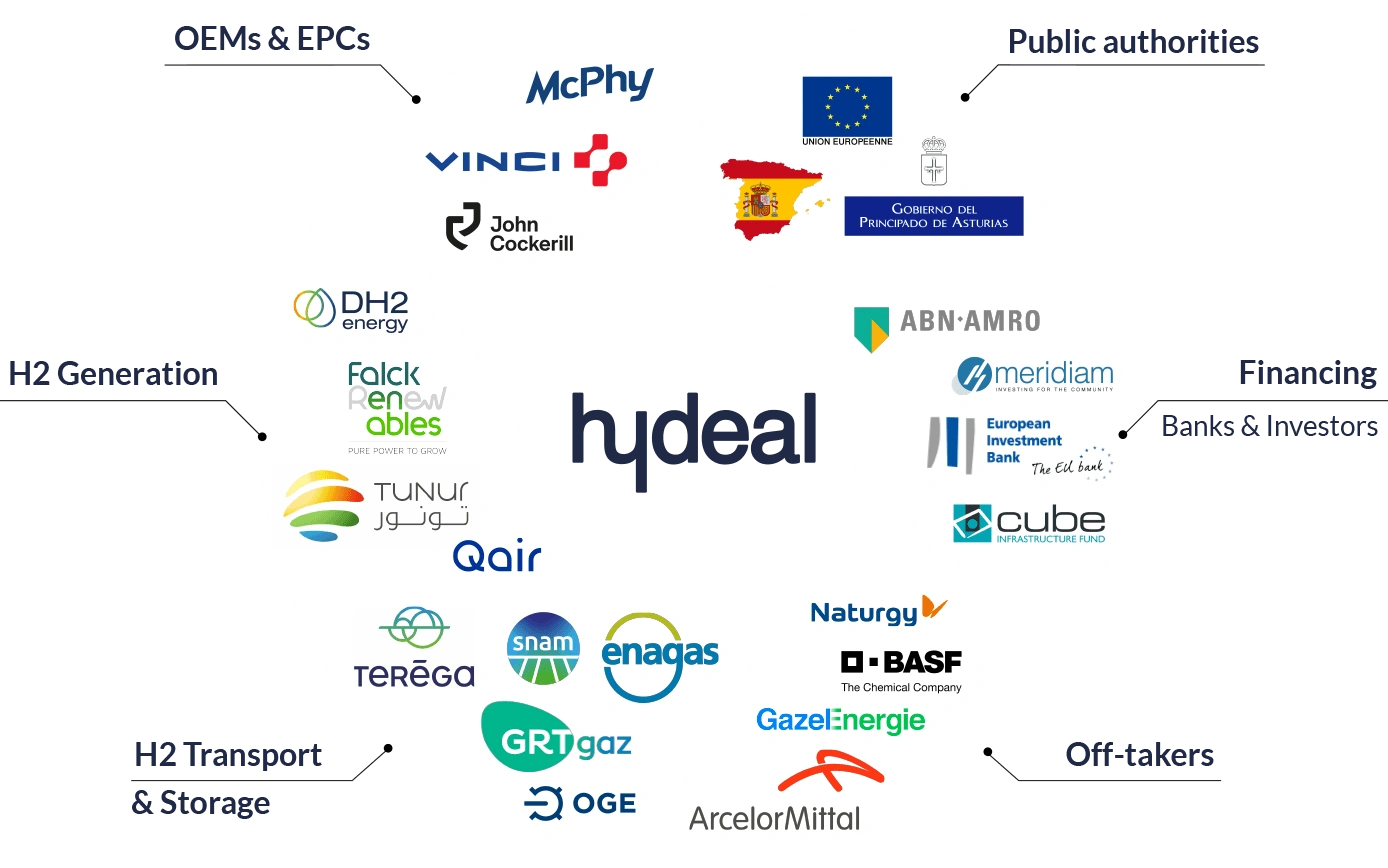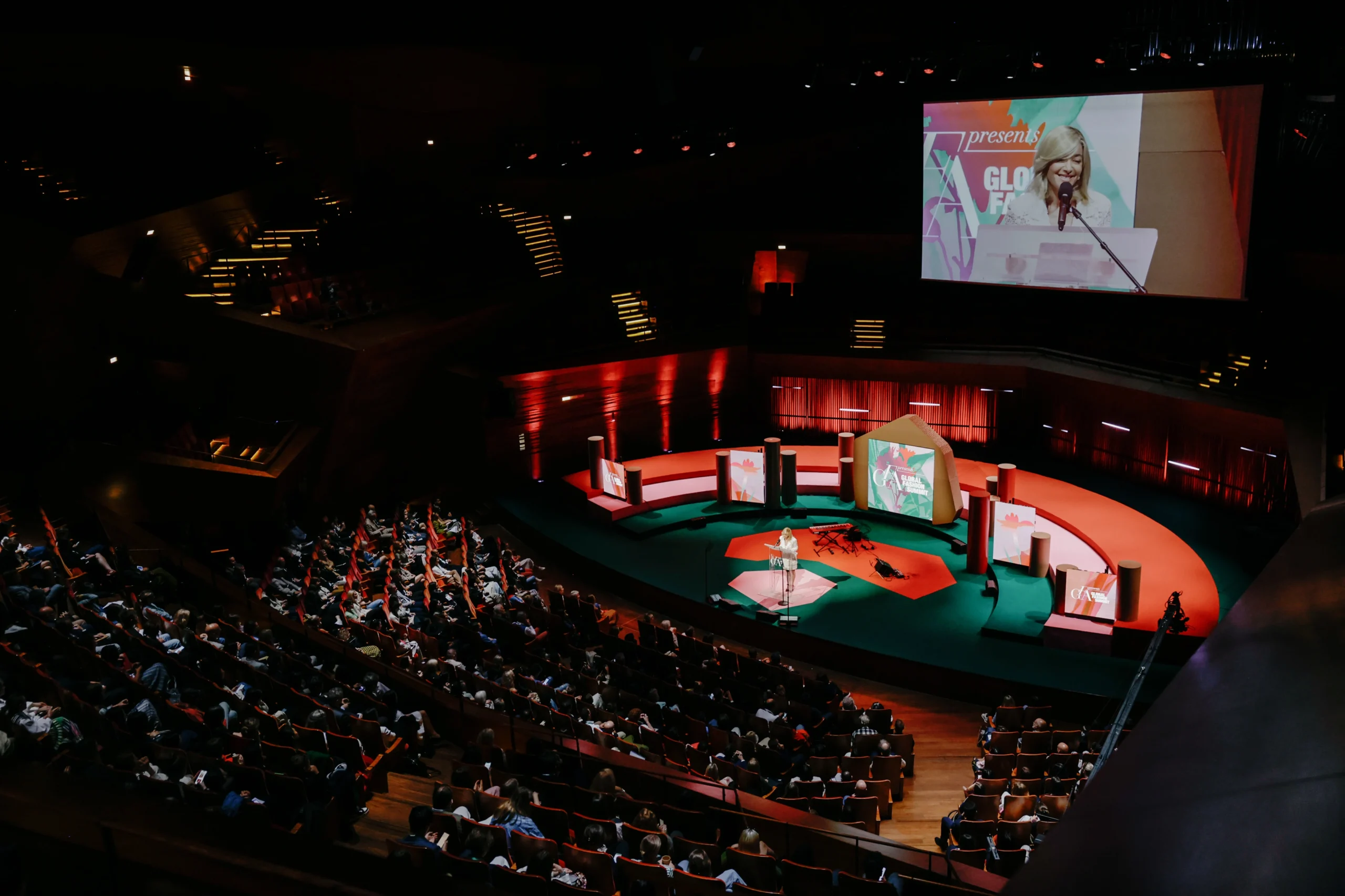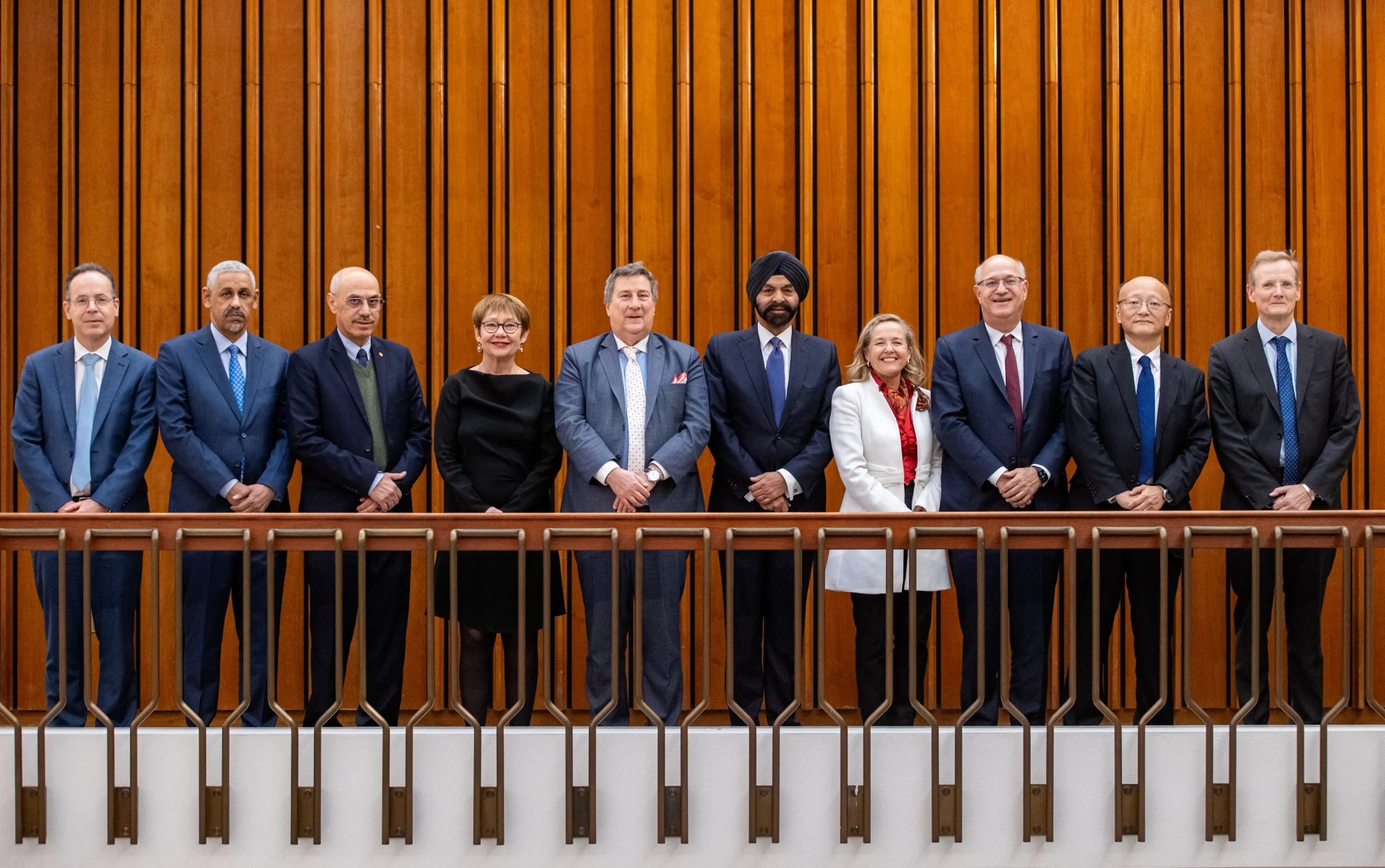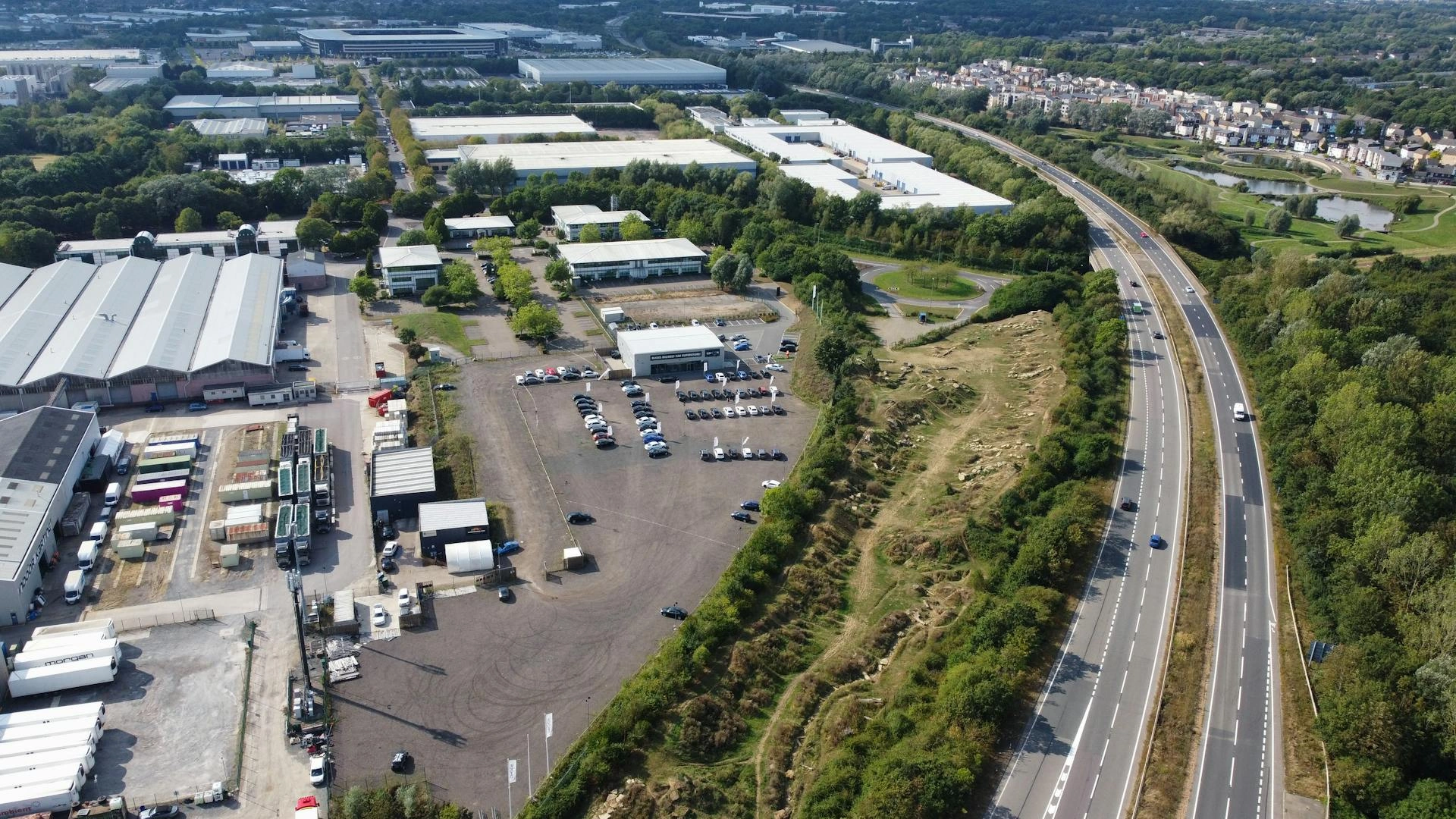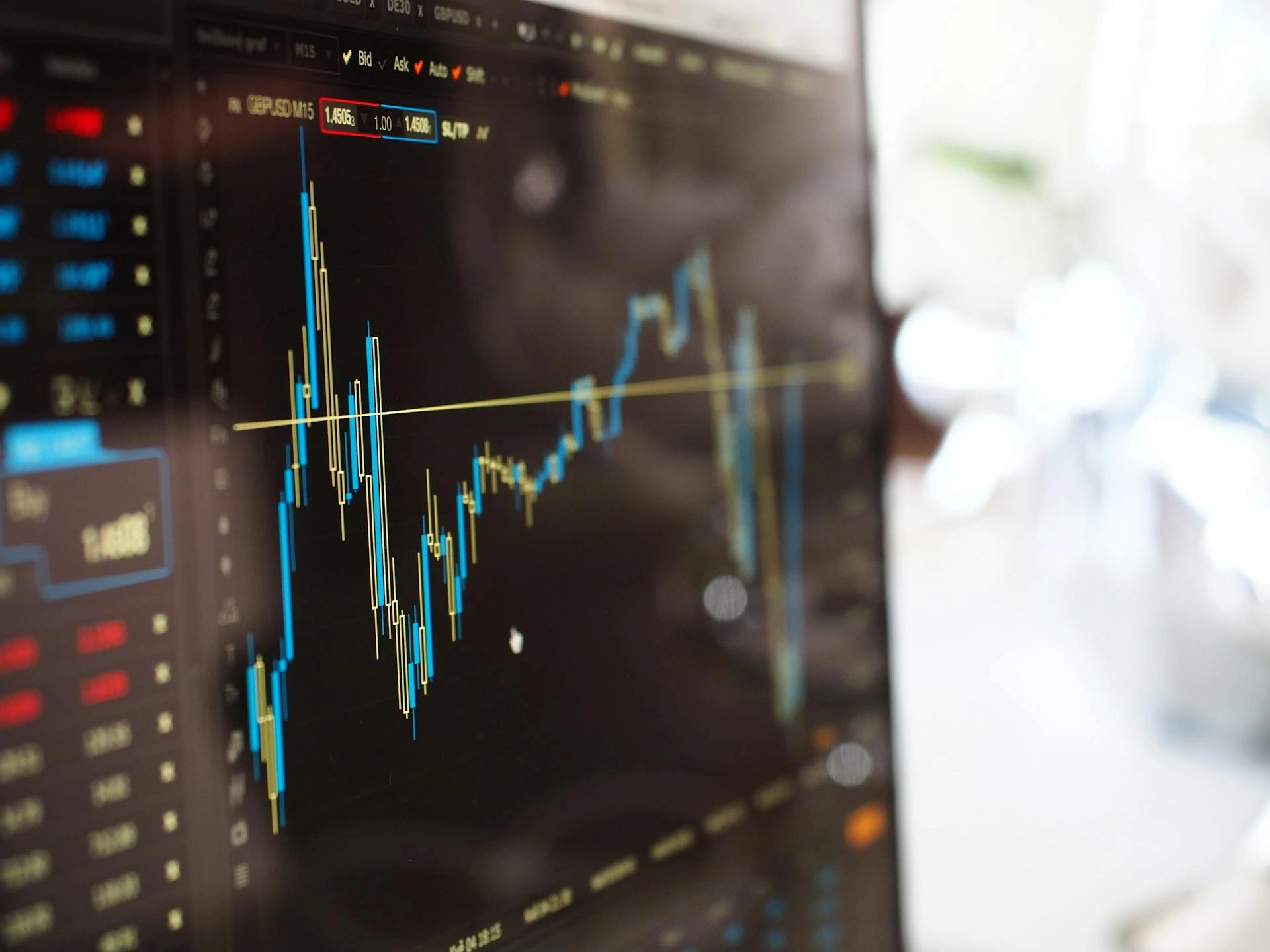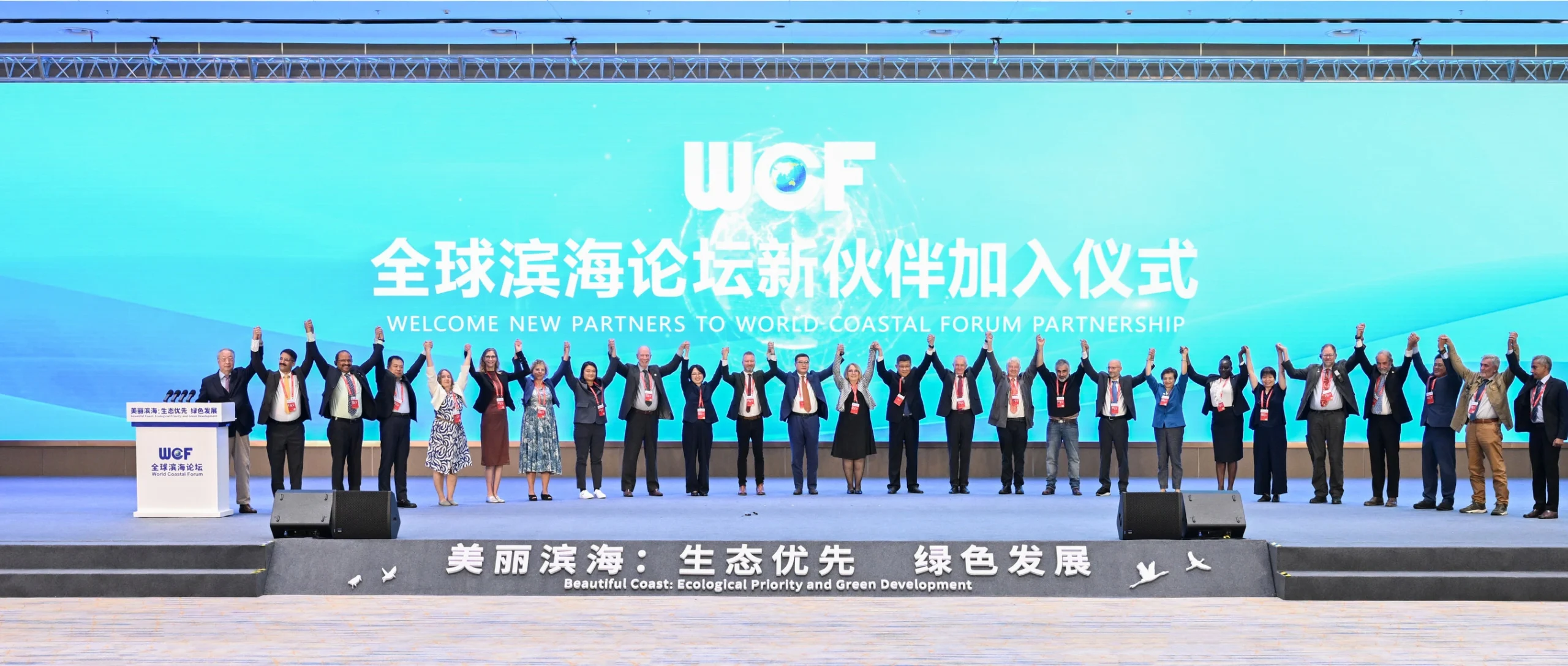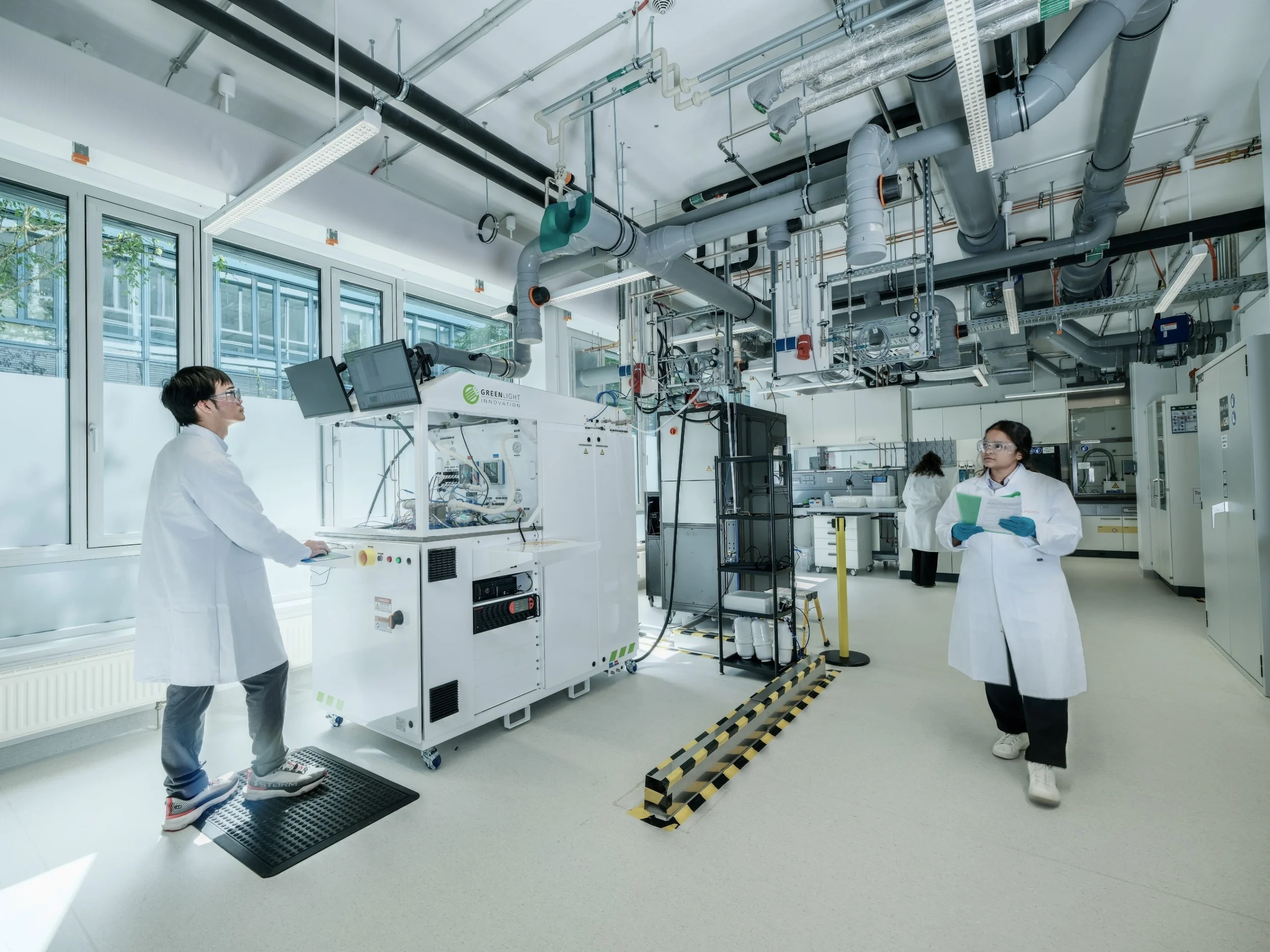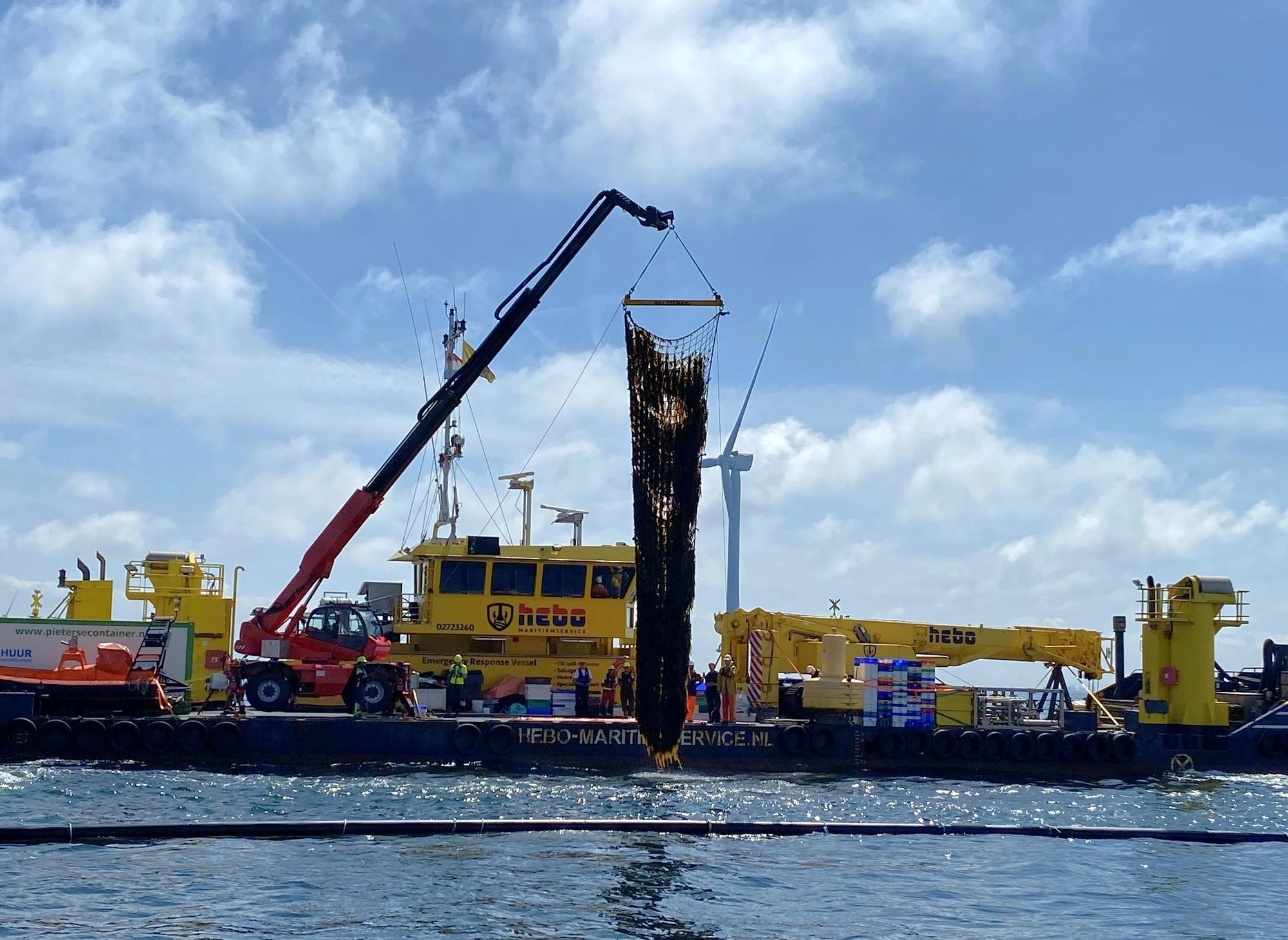Automated energy infrastructures

John E. Kaye
- Published
- Home, Sustainability
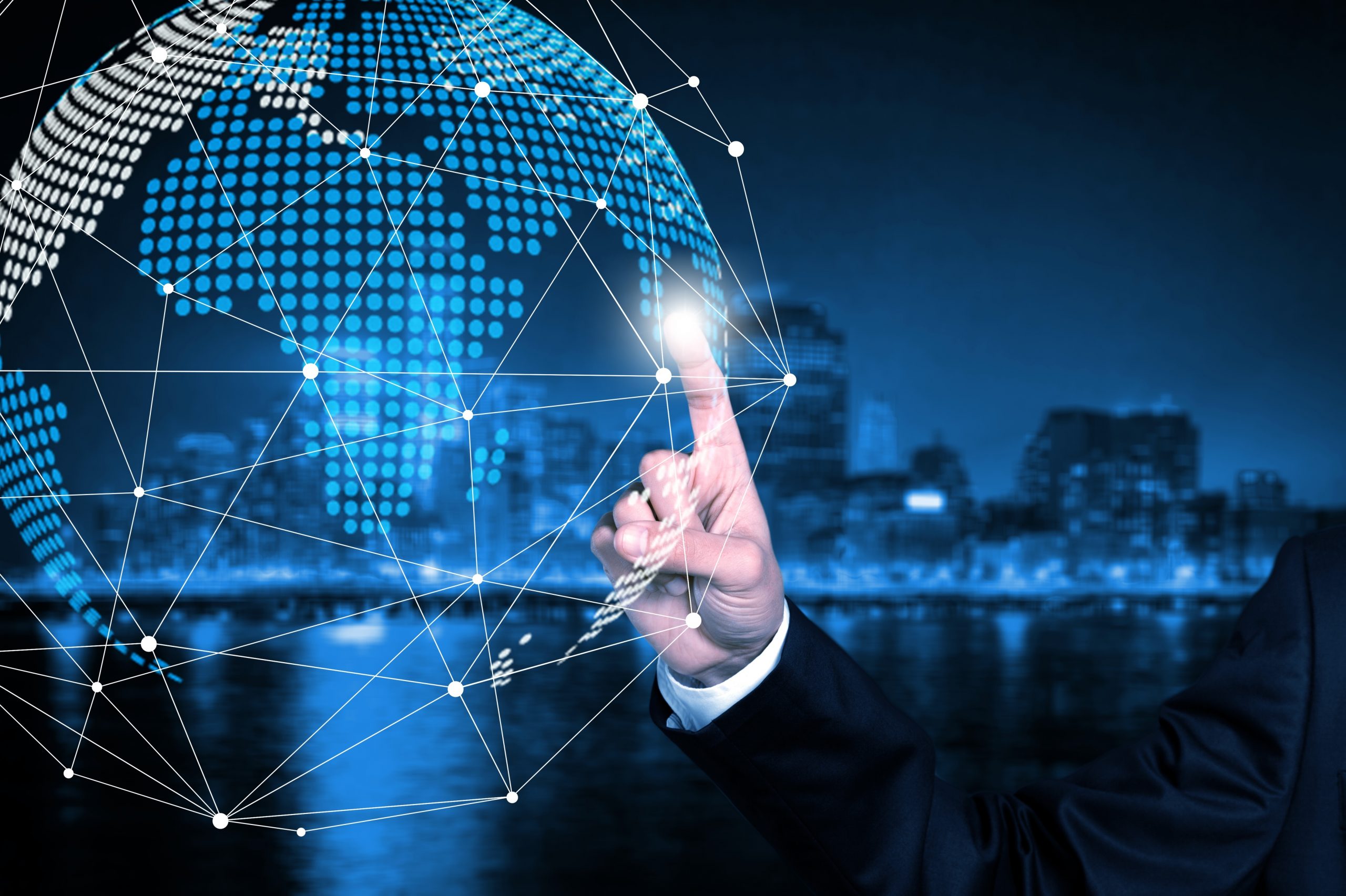
Christof Kortz, Head of Domain “Industry Automation and Electrification”, and Torsten Dahmen, Senior Manager, both working at E.ON Group Innovation, Germany explore whether a decentralised energy world also needs a decentralised management
Over the years we have witnessed, and been part of, some incredible innovations in the energy sector that started the on-going transformation process from central and analogue managed infrastructures towards a decentralised and digitally-enabled system. The latter present some exciting opportunities for future businesses, communities, transportation and flexibility services. Worldwide energy players have already made significant efforts to enable legacy systems to move towards decentralised solutions, with advances in residential photovoltaic (PV), e-mobility and local energy communities, to name just a few. We are making great leaps towards a fully integrated and digitised energy world and considerable efforts towards finding new management and steering approaches in order to manage the exponentially increasing complexity of the system.
How could decentralised energy management work?
Whether on the level of an entire country’s energy system or on a community level, management and steering approaches have one thing in common: they are based on the mindset; “someone needs to steer all this complexity”. But what if there will be no “someone” who is able to centrally manage it in the long run? What if the management and steering approaches prove to be too slow or too costly? What will we do if we aren’t able to cope with the exponentially increasing complexity of the overall system?
To be prepared for the eventuality that some of these concerns prove to be right, let’s introduce a different way of thinking: imagine that the management is also decentralised! Can we bring the decision making to the level of the device itself?
Sounds crazy? Well, nature provides us with a good example of decentralised management. Think about the ants in your garden or your local park. In an ant colony there is no central authority. In other words, the queen does not rule over the people in the sense of a monarchy. It is rather the case that ants act in a stimulus-controlled and collectively intelligent manner. Every ant knows what it has to do and together they all act in the interest of the entire ant colony. According to this example, we could also introduce certain stimuli and rules for devices, particularly for those run by AI. Rules, like the following ones, will be given directly to the devices and enable them to act autonomously in a decentralised energy system:
- Take care of your energy: buy it, store it or sell it and act cost-sensitively. Be CO2 neutral and energy efficient.
- Make sure that you are ready to act: be sufficiently charged, connected and focused on your core tasks.
- Make sure that you are not overstretching the energy system: you need to interact with each other, to take into account what happens around you and to make decisions in a larger context.
- Take the preferences and wishes of your owner into account and act accordingly.
Is this Sci-Fi or a tangible future?
If you think this approach is too futuristic, think again. The technical ingredients are already there, and they are evident not only in the energy sector, but also in the computing and data processing industry. Just as tides are shifting in line to the force of the moon’s gravity, the distribution of computing and data processing is shifting from central to decentral – back and forth. The last decade was characterised by centralised computing systems which were driven by the adoption of cloud storage and cloud computing. An increasingly digital society with almost unlimited network access and powerful distributed devices was also altering the landscape in ways we could not have previously imagined.
Technologies are maturing and can facilitate a decentralised management in the digital space: with (decentralised) digital IDs, devices receive individual identifier. Machine learning enabled edge computing, for example, gives devices intelligence and performance and allows them to make autonomous decisions. Mesh networks/5G give devices the chance to talk to each other whereas tokens, tokenisation and digital values incentivise and respectively punish good or bad behaviour that is defined and enforced via rules fixed with interconnected decentralised ledgers.
Thinking beyond central management approaches
It is clear that decentralising computing and data processing will mean putting the intelligence and decision making on the device level, while making sure that it still complies with the overall system – just remember the ants. As the energy world moves swiftly towards decentralisation, we will need to learn from these developments and think beyond steering a decentralised energy world with centralised approaches.
In the long run, we truly believe that a decentralised energy world needs a decentralised management. To achieve this, we need to gain expertise, to experiment and to start using the required ingredients today. History has already shown us that technology accelerates faster than we expect it to, and it will find its use cases. Let’s start exploring it together!
Learn more about innovation in the energy sector:
Sign up to The European Newsletter
RECENT ARTICLES
-
 Mycelium breakthrough shows there’s mush-room to grow in greener manufacturing
Mycelium breakthrough shows there’s mush-room to grow in greener manufacturing -
 Oxford to host new annual youth climate summit on UN World Environment Day
Oxford to host new annual youth climate summit on UN World Environment Day -
 Exclusive: Global United Nations delegates meet in London as GEDU sets out new cross-network sustainability plan
Exclusive: Global United Nations delegates meet in London as GEDU sets out new cross-network sustainability plan -
 Fast fashion brands ‘greenwash’ shoppers with guilt-easing claims, study warns
Fast fashion brands ‘greenwash’ shoppers with guilt-easing claims, study warns -
 Private sector set to overtake government as main driver of corporate sustainability in 2026, report suggests
Private sector set to overtake government as main driver of corporate sustainability in 2026, report suggests -
 Sir Trevor McDonald honoured at UWI London Benefit Dinner celebrating Caribbean achievement
Sir Trevor McDonald honoured at UWI London Benefit Dinner celebrating Caribbean achievement -
 Historic motorsport confronts its energy future
Historic motorsport confronts its energy future -
 Protecting the world’s wild places: Dr Catherine Barnard on how local partnerships drive global conservation
Protecting the world’s wild places: Dr Catherine Barnard on how local partnerships drive global conservation -
 Europe’s HyDeal eyes Africa for low-cost hydrogen link to Europe
Europe’s HyDeal eyes Africa for low-cost hydrogen link to Europe -
 Fabric of change
Fabric of change -
 Courage in an uncertain world: how fashion builds resilience now
Courage in an uncertain world: how fashion builds resilience now -
 UAE breaks ground on world’s first 24-hour renewable power plant
UAE breaks ground on world’s first 24-hour renewable power plant -
 China’s Yancheng sets a global benchmark for conservation and climate action
China’s Yancheng sets a global benchmark for conservation and climate action -
 Inside Iceland’s green biotechnology revolution
Inside Iceland’s green biotechnology revolution -
 Global development banks agree new priorities on finance, water security and private capital ahead of COP30
Global development banks agree new priorities on finance, water security and private capital ahead of COP30 -
 UK organisations show rising net zero ambition despite financial pressures, new survey finds
UK organisations show rising net zero ambition despite financial pressures, new survey finds -
 Gulf ESG efforts fail to link profit with sustainability, study shows
Gulf ESG efforts fail to link profit with sustainability, study shows -
 Redress and UN network call for fashion industry to meet sustainability goals
Redress and UN network call for fashion industry to meet sustainability goals -
 World Coastal Forum leaders warn of accelerating global ecosystem collapse
World Coastal Forum leaders warn of accelerating global ecosystem collapse -
 Miliband: 'Great British Energy will be self-financing by 2030'
Miliband: 'Great British Energy will be self-financing by 2030' -
 New ranking measures how Europe’s biggest retailers report on sustainability
New ranking measures how Europe’s biggest retailers report on sustainability -
 Music faces a bum note without elephant dung, new research warns
Music faces a bum note without elephant dung, new research warns -
 Scientists are racing to protect sea coral with robots and AI as heatwaves devastate reefs
Scientists are racing to protect sea coral with robots and AI as heatwaves devastate reefs -
 Munich unveils new hydrogen lab as Europe steps up green energy race
Munich unveils new hydrogen lab as Europe steps up green energy race -
 Seaweed and wind turbines: the unlikely climate double act making waves in the North Sea
Seaweed and wind turbines: the unlikely climate double act making waves in the North Sea









